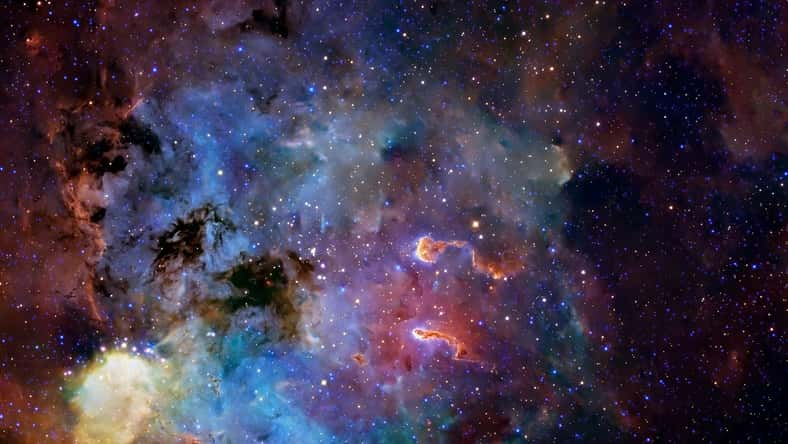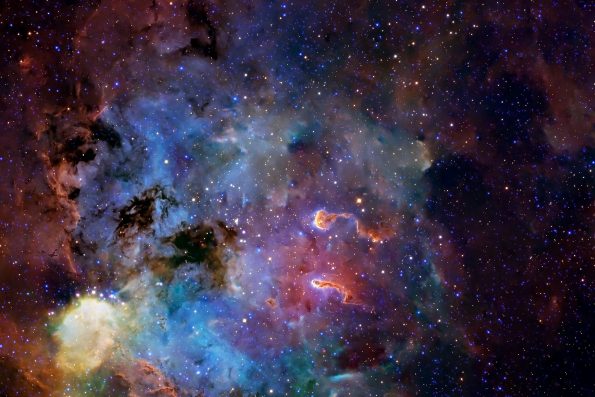A Newfound Antiparticle Contains The Heaviest Antimatter Nucleus That Has Ever Been Detected, And It Could Hold Secrets To How Our Universe Came To Be

A newly found antiparticle contains the heaviest antimatter nucleus that has ever been detected. It could potentially hold the secrets to how our universe came to be.
The antimatter nucleus is called antihyperhydrogen-4. It is made up of an antihyperon, an antiproton and two antineutrons.
Scientists discovered traces of this antimatter along particle tracks from six billion collisions at the Relativistic Heavy Ion Collider (RHIC) at the Brookhaven National Laboratory in New York.
By studying the particle, physicists hope to uncover the differences between matter and antimatter, which could help explain why our universe is filled with matter, even though antimatter was also created at the beginning of time.
“Our physics knowledge about matter and antimatter is that, except for having opposite electric charges, antimatter has the same properties as matter—same mass, same lifetime before decaying and same interactions,” said Junlin Wu, a co-author of the study and a graduate student from the Joint Department for Nuclear Physics at Lanzhou University and Institute of Modern Physics.
After the Big Bang, the young universe contained an abundance of matter and antimatter particles that destroyed each other once they made contact.
According to scientific theory, the matter and antimatter should have wiped each other off the map entirely.
However, scientists think that some kind of unknown process enabled more matter to be produced than antimatter.
As a result, the universe was saved from self-destruction. The researchers behind the new study wanted to figure out what force or process led to the imbalance between matter and antimatter particles.

Artsiom P – stock.adobe.com – illustrative purposes only
So, they used a miniature Big Bang simulator to generate antimatter particles and used the RHIC to hurl billions of heavy ions at each other.
This resembled the conditions from which the elements of our universe emerged, combined and decayed.
To pinpoint new particles from the stream of particles, the researchers looked for the tracks ions left behind as they decayed or transformed into other particles.
When they retraced the routes of the particles from billions of collision events, they found about 16 antihyperhydrogen-4 nuclei.
Hyperhydrogen-4 and its counterpart, antihyperhydrogen-4, both seemed to blink in and out of existence very quickly.
But, the scientists did not find a major difference between their lifetimes, meaning that the current descriptions of the two types of particles are accurate.
“If we were to see a violation of [this particular] symmetry, basically we’d have to throw a lot of what we know about physics out the window,” Emilie Duckworth, a study co-author and a doctoral student from Kent State University, said.
Moving forward, the research team plans to compare the masses of particles and antiparticles in the hopes of shedding some light on the origins of our universe.
The recent findings were published in Nature.
Sign up for Chip Chick’s newsletter and get stories like this delivered to your inbox.
More About:News





